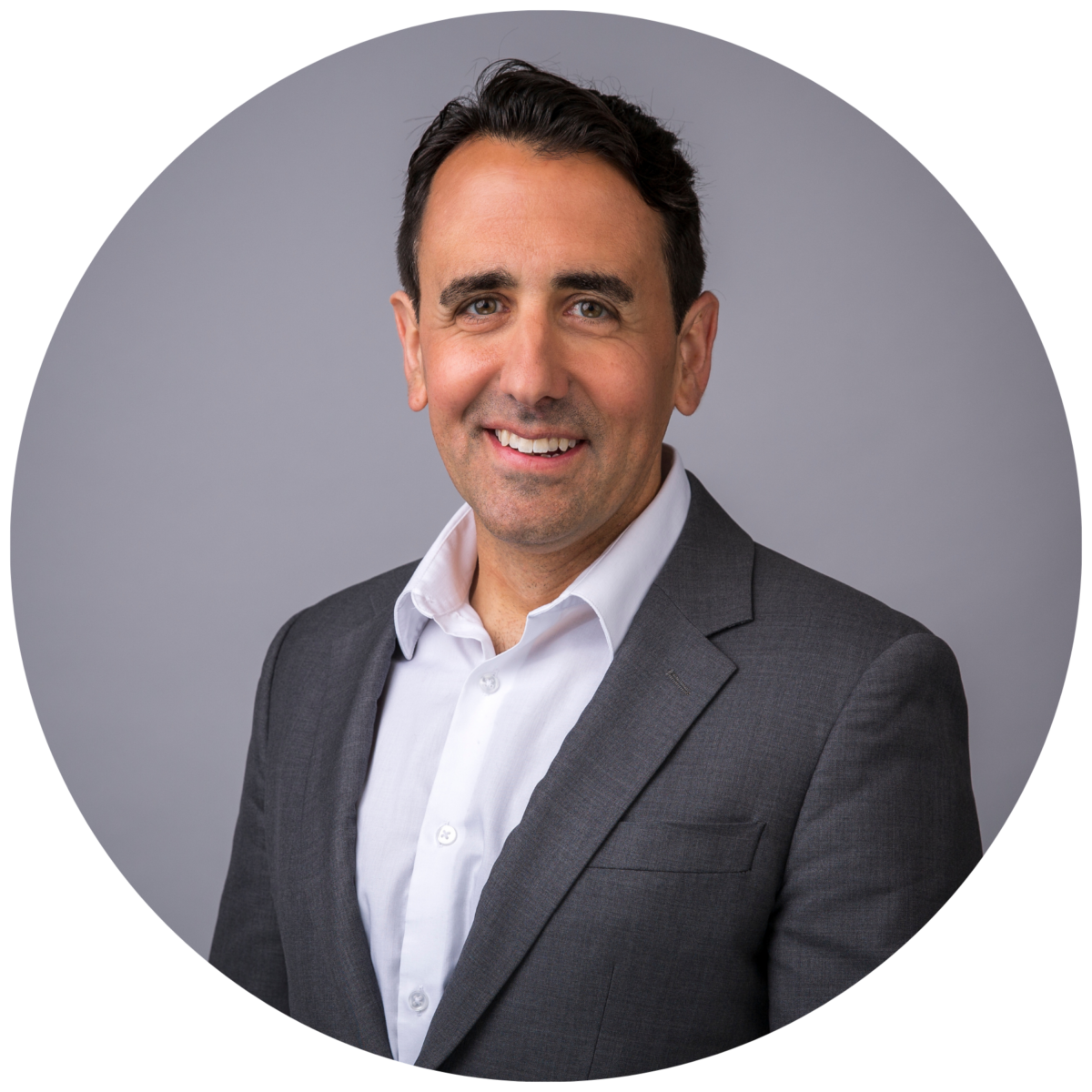This year had a funny feeling about it. There was a combination of comfortable familiarity, apprehension about current challenges, and anxious anticipation for the future. Reflecting on this combination brought to mind Thomas Kuhn’s words from The Structure of Scientific Revolutions, where he wrote:
Novelty emerges only with difficulty, manifested by resistance, against a background provided by expectation.
This says a lot about my sense of the state of ESG and real assets at the moment. Collectively, the real asset ESG community — a distinct tribe of professionals and stakeholders — have brought sustainability from a “novelty” closer to the center of business. This year, we have seen the growth of our “novelty” face resistance. Some of it was principled, demanding that ESG and sustainability live up to its promises. Other pushback was defensive or downright offensive (pun intended). Regardless, Kuhn tells us that resistance is expected from a revolution gaining relevance and approaching a tipping point.
For me, this framing helps me understand the moment. It also explains why our “novelty” — sustainable real assets — must continue to evolve to establish a new paradigm for our industry. Over the last decade, we took new ideas and turned them into now familiar practices. We started with sustainability plans, policies, and targets. We layered in some good governance. We collected data and focused on year-over-year improvements. This provides a structure that has helped thousands of companies and funds create a solid foundation for sustainable design and operations.
Yet, we also know that mainstreaming these former novelties is not the end of our revolution. They are a start, but they are not the paradigm change that we aspire to create. In other words, they are necessary but not sufficient. We know that:
- Good governance and reasonable management are no longer enough to distinguish the best organizations
- Ambitious targets are necessary, but only a starting point
- Year-over-year gains are important, but they are not a long-term plan
If more of the same is not enough, then what is next for our sustainable real asset revolution? First, we can be confident and proud that whatever comes next will be built on the foundation we created over the last decade. The difference will be that formerly novel practices — plans, policies, and targets — will become basic expectations, and leadership and competitive differentiation will be defined by a new set of practices built on top of this foundation.
We can’t yet see the details of this future, but today’s GRESB leaders give us clues about what’s next. The best companies are:
- Integrating capital and decarbonization planning to provide credible transition plans for every asset. Learn more from KingSett Capital.
- Blending performance measurement and predictive modeling to benchmark efficiency and prioritizing improvements. Learn more from GRESB partners.
- Pursuing rigorous, holistic green building certifications across the asset lifecycle, linking design intent with operational performance. Learn more in the 2024 GRESB Standards updates.
- Using the results from physical risk assessment to guide proactive risk mitigation. Learn more from ULI and Heitman.
- Moving beyond minimum expectations for occupant safety toward the equitable promotion of health and well-being. Learn more about Investing for Health.
This next generation of “novelties” will require the foundation of skills and systems built over the last decade. It will also require new capabilities, again, echoing Kuhn, challenging yet more expectations. As they emerge and diffuse across the industry, these practices, and many more, will set new expectations for leadership. I believe they will bring sustainability and ESG into the core of real asset businesses as a fundamental component of determining and managing risk-adjusted returns. Consequently, they will drive new conversations between investors and managers, increasingly focused on value creation and value protection. This will raise the bar on sustainability and ESG. It will power the next phase of our revolution.
As the year comes to a close, I’m concluding that the “funny feeling” we share is a good sign. Our discomfort is a sign of progress. Our unease is, in part, the natural tension of novelty grinding against long-standing expectations. Together we will push through this moment and drive another wave of market transformation.
We wish you a peaceful and happy New Year.
